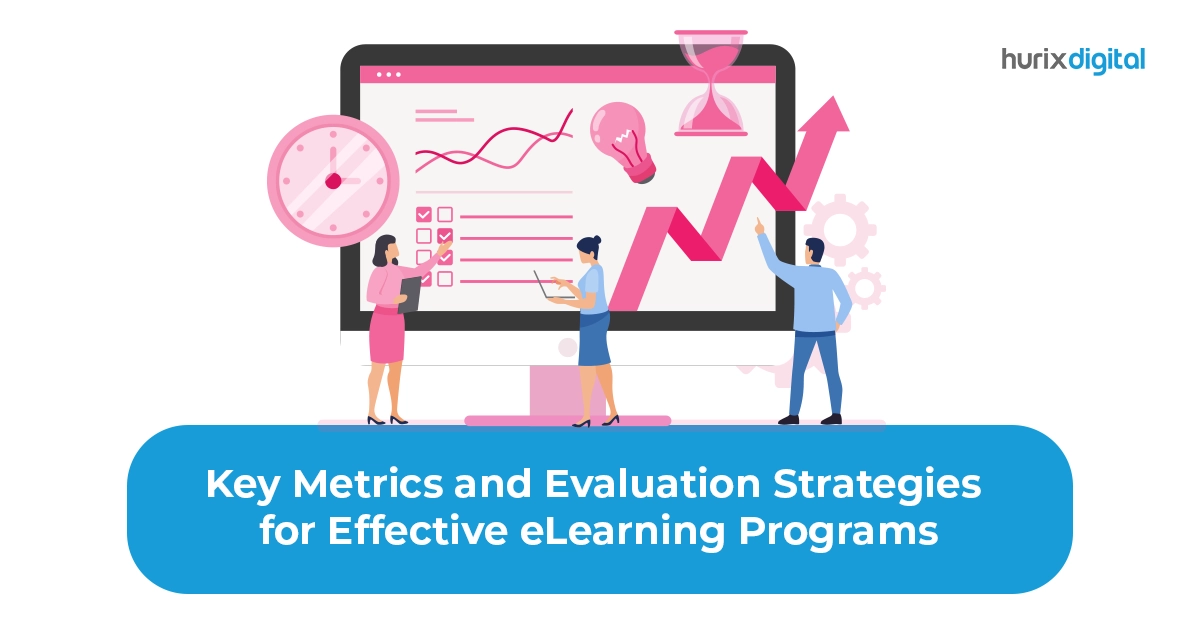
eLearning Trends 2021: What Training & Development in a post COVID-19 World
Summary
This article discusses how COVID-19 has impacted training and development, accelerating the shift to blended learning models that combine online and in-person instruction, delivered through learning management systems.
The pandemic outbreak has put everything on hold and even as we step into the year 2021, there is no visibility on how the world will shape up after the corona crisis. No aspect of our lives has remained untouched by COVID-19 and this also applies to training and development.
Also Read: Ensuring Continuity in Learning in the Times of COVID-19
History is testimony to the fact that significant events such as the COVID-19 pandemic have reshaped human activity and interactions. This in turn has greatly impacted economic activity and consequently skill training and development. The Industrial Revolution in the early 1990s brought in its wake on-the-job training (OJT) which is still relevant today. The US civil rights movement, more than a decade later, put emphasis on leadership and personality development, which is now an integral aspect of any L&D activity.
Also Read: Post-COVID Trends in L&D for Employee Training
Come the 1980s, and the focus shifted to information and technology; and the 1990s blurred geographical borders, paving for globalization. The first decade of the 21st century ushered in the era of the Internet and the mobile phone. Cut to the present, 2021, the ongoing pandemic has further redefined training and development, shifting focus to eLearning and virtual training. Driven by COVID-19, the world is once again at the precipice of change, necessitating new methods and platforms for delivering training and development.
While the situation is still evolving, one thing has become clear, that a new normal will emerge. The questions then arise, what new eLearning trends will emerge and what will training and development look like after COVID-19?
The pandemic forced governments worldwide to enforce stringent lockdowns to restrict movement and activity in order to control the spread of the virus. However, with the pandemic showing no signs of receding, organizations are forced to explore new avenues for conducting business activities. Work from home has now become the new reality with many organizations suggesting that they would continue with this arrangement even in the post-COVID era. However, this complete shift to online has brought forth several problems with one being that virtual space cannot completely replace human interaction.
Also Read: Learning in the Times of COVID-19 – How to Develop Your Online Learning Material
In terms of learning and development, it means that enterprises will have to follow a blended learning approach, which combines online learning with traditional classroom learning. In fact, globalization has prompted several organizations to take the blended route to L&D. The pandemic has given further momentum to this trend. Online platforms are increasingly being used to train geographically dispersed employees. Blended learning, therefore, is emerging as the predominant trend in training and development, with the ability to support various flexible models such as:
- Online: The instructor delivers lessons via an online platform using eLearning resources, along with periodic face-to-face meetings.
- Flexible: Most learning takes place through the online platform but instructors provide additional support through small group settings.
- Rotation: Students rotate between self-paced learning and classroom learning.
- Online lab: The learners come together in a physical classroom and an online teacher delivers the lessons with the help of an onsite professional.
- Self-blended model: Students take online classes to supplement their classroom learning.
- Personalized blended model: This model straddles the physical and virtual spaces based on learner needs.
- Face-to-face learning: Lessons are delivered using online media by an onsite instructor.
Also Read: Advantages of Blended Learning over Traditional eLearning Methods
While several enterprises and educational institutions have already adopted new technologies to educate and train professionals for global skills, the eLearning trend is expected to gain further momentum after COVID-19. The lockdowns announced by countries worldwide forced enterprises to take all their activities including training and development online. However, several organizations were completely unprepared for the shift and had to rely on software such as Zoom, FaceTime, and Google Hangouts to conduct their meetings and L&D activities.
However, effective L&D requires the adoption of specialized technology to administer training. The new eLearning trend after COVID-19 will be to adopt technology with the right collaboration tools to reach employees who can no longer be gathered in classrooms.
One such technology is the learning management system or LMS that enables virtual learning, allowing enterprises to create, edit, and modify the content, and leverage collaboration tools for effective communication.
Here’s how an LMS can help in training and development-
- Enables enterprises to create, edit, and modify the content
- They can leverage collaboration tools for effective communication via platforms such as live chats, emails, external and internal forums
- Allow employees to take assessments and receive feedback
- Gain data-driven reporting and analysis to improve the effectiveness of the courses
History is testimony to the fact that destructive forces redefine existing landscapes, forcing old orders to yield ways to the new. The same is now on display with the ongoing COVID-19 pandemic, which has forced us out of our comfort zones and attuned to the new realities even as they continue to evolve. While the final new order is yet to emerge, some evolving trends in eLearning are making their presence felt.
This is the era of digital technology. The increasing penetration of the Internet and the easy availability of smartphones have prompted the adoption of digital technology; the ongoing COVID-19 pandemic has further propelled its adoption.
In the context of training and development, it is important to bear in mind that eLearning does not replicate classroom sessions and has a different set of best practices. Online meetings and communication tools are not enough to deliver a streamlined learning experience. A new eLearning trend after COVID-19 would be to adopt learning management systems that have specially been created to deliver eLearning for enterprises.
The second aspect that has come to light is that technology cannot replace human interaction in training and development. Even though online environments provide tools for collaboration and communication they cannot replace the warmth, security, and comfort of face-to-face interaction. Going forward, enterprises will have to invest in technology infrastructure and instructor and employee development for the successful implementation of quality blended learning.
What happens next is still an evolving story but in the realm of eLearning, it can safely be predicted that enterprises will have to prepare for a different future after COVID, and the evolving trends point to the adoption of blended learning delivered through specialized technology platforms such as a learning management system.

Senior Vice President
A Business Development professional with >20 years of experience with strong capability to sell new solutions and develop new markets from scratch. New Market Entry Specialist with experience of working in two of the largest emerging markets – China & India. Also covered other key markets in APAC, US, EU & ME. Exceptional experience of conceptualizing, ideating and selling new learning technologies like VR AR, etc. across multiple industry verticals.







